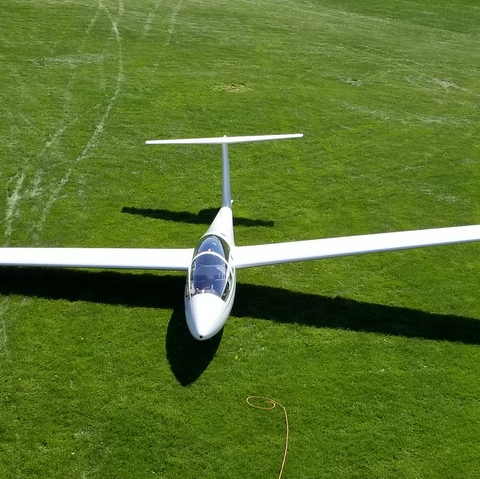
|
Fly Club/Aircraft |
Login |
Convenience Links
Club Aircraft
We're proud of our Club owned fleet of tow planes, trainers and solo aircraft. We try to give our members every opportunity to fly!Login required to see more detailed info on each aircraft.
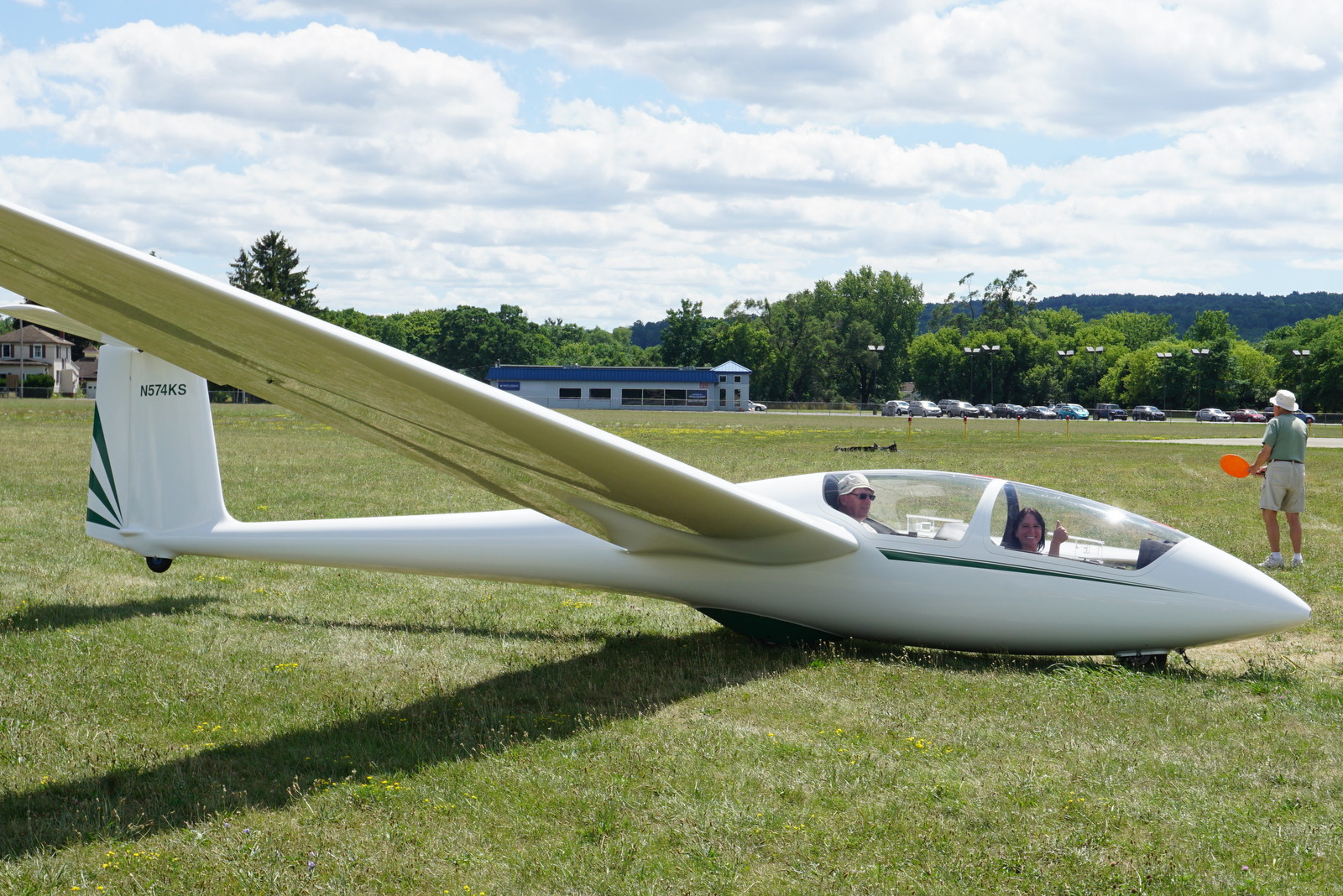
|
Schleicher
Description: The ASK 21 is a glass-reinforced plastic (GRP) two-seater mid-wing glider aircraft with a T-tail. The ASK 21 is designed for beginner instruction, cross-country flying and aerobatic instruction. Operating Handbook: Click here |
||
| Never exceed: 151 KIAS | Rough air: 97 KIAS | Final: 49 KIAS + wind speed | Best glide: 49K duel 46K solo |
| Min sink: KIAS | Stall: 37 KIAS | Glide ratio: 34-1 | Max G: NA |
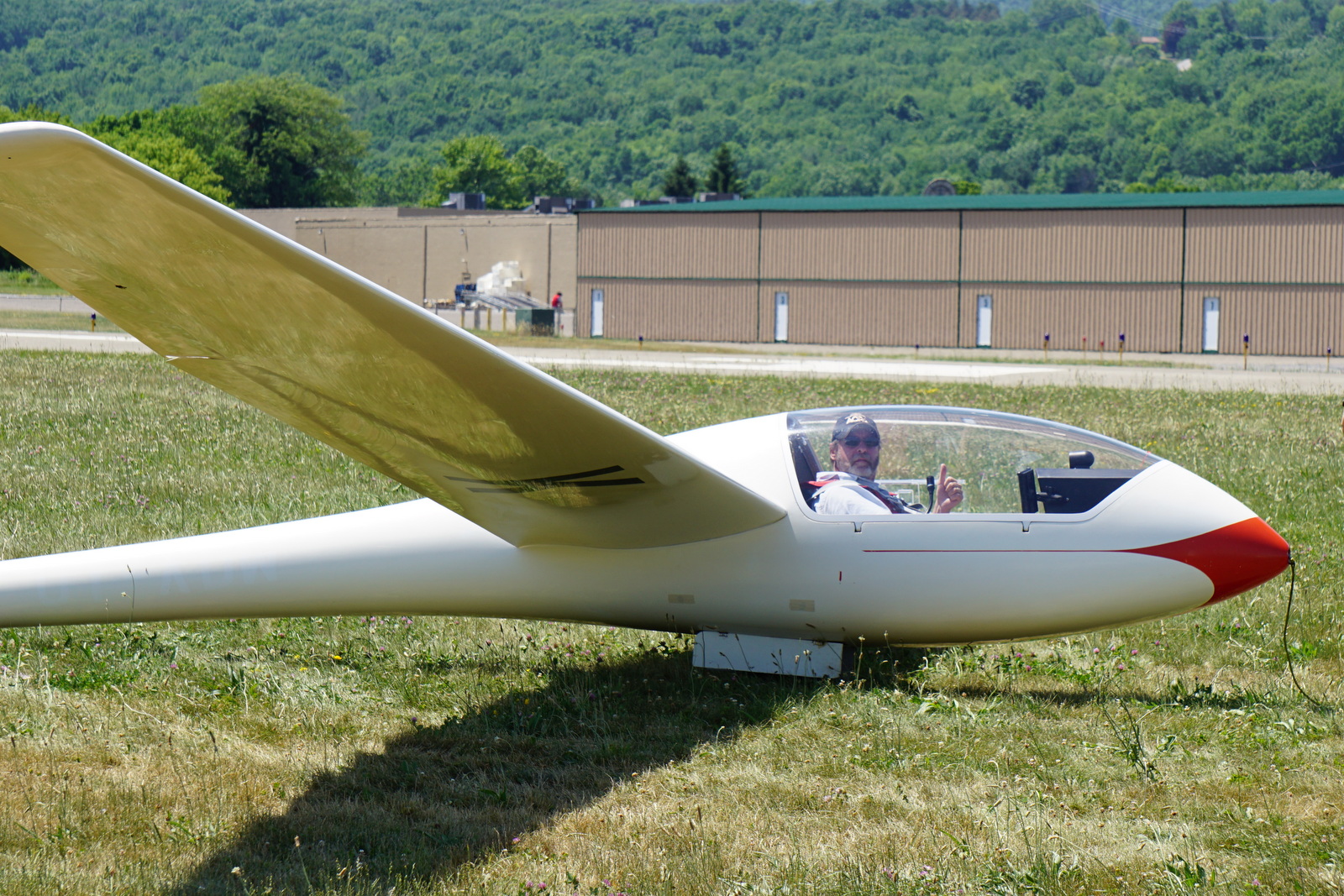
|
Grob Description: The G102 Astir is a single seat fibreglas 15m Standard Class sailplane with a retractable wheel, designed by and built by Grob Aircraft, with the first flight in December 1974. The large wing area gives good low-speed handling characteristics, docile stalling characteristics, a excellent climb. It is also certified for aerobatic flight. Operating Handbook: Click here |
||
| Never exceed: 135k | Rough air: 92k | Final: 51k + wind | Best glide: 51k |
| Min sink: 41k | Stall: 33k | Glide ratio: 34-1 | Max G: |
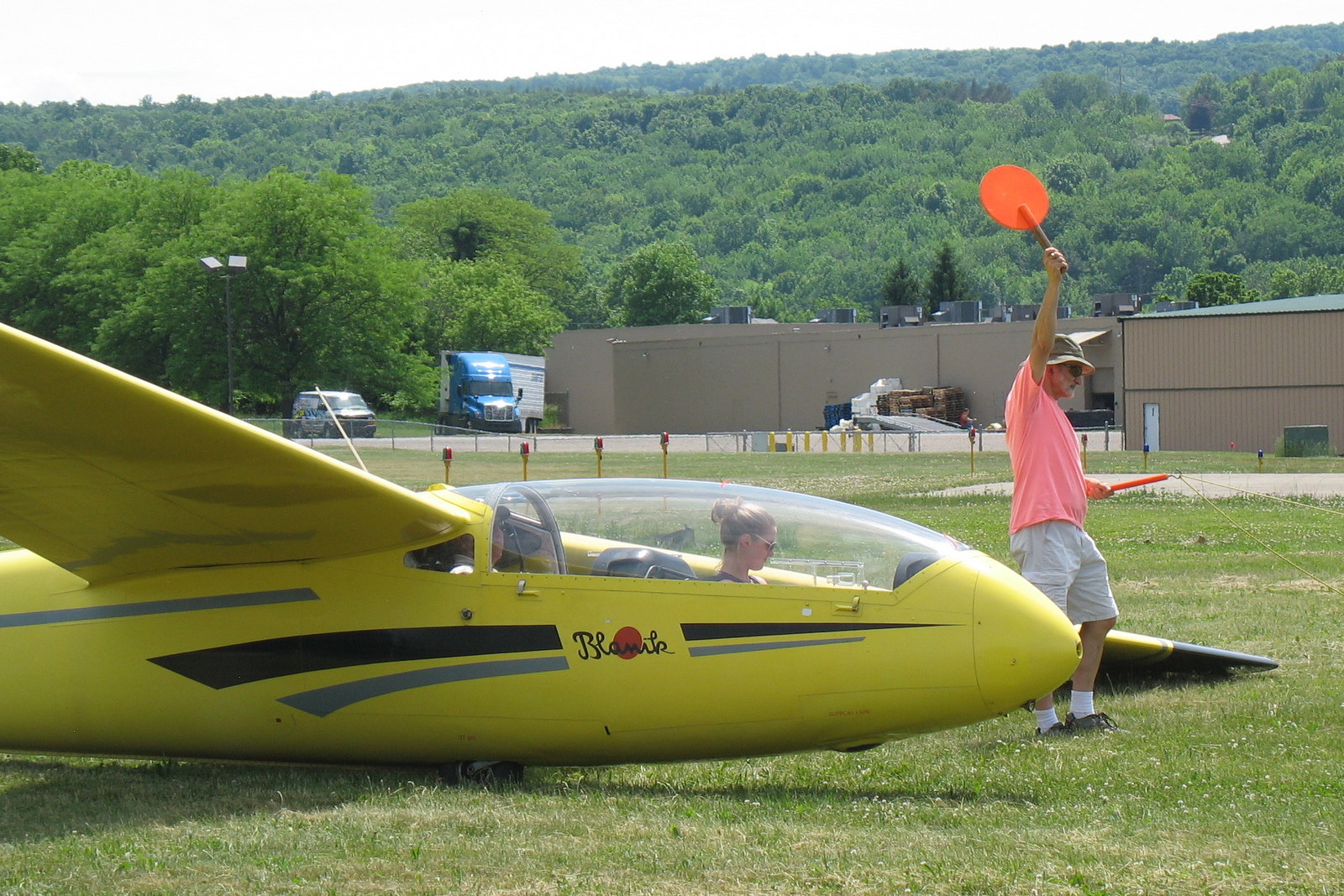
|
Blanik
Description: The two-seat all-metal L13AC BlanÃk is an upgraded version of the L13 Blanik. It has no outstanding ADs requiring compliance. Operating Handbook: Click here |
||
| Never exceed: 124k | Rough air: 86k | Final: 46k + wind | Best glide: 46k |
| Min sink: 38k | Stall: 34k | Glide ratio: 28-1 | Max G: |
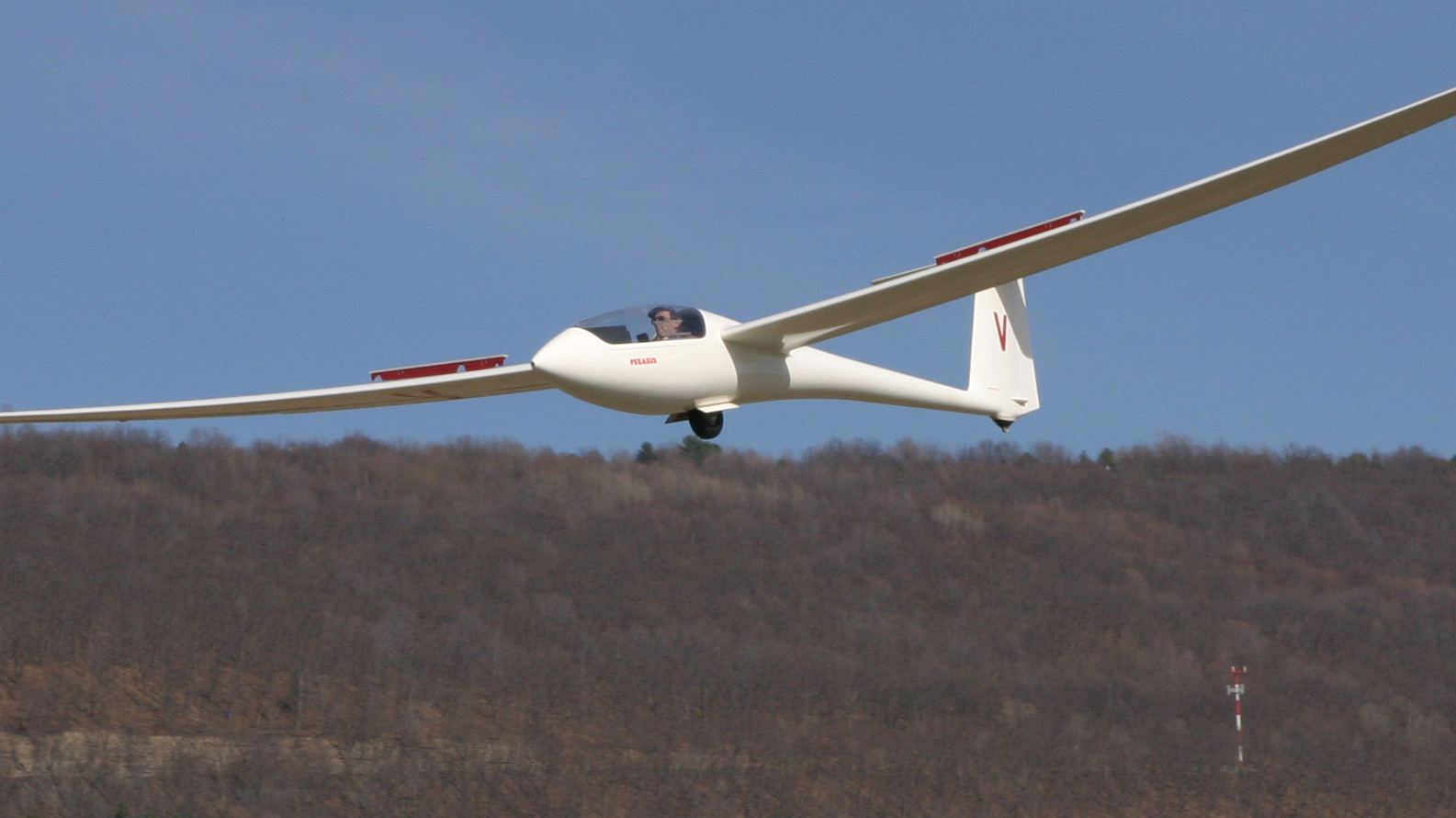
|
Centrair
Description: The Centrair Pegasus 101 is a single-seat, Standard Class, retractable wheel, competition sailplane, developed in France using a fuselage based on the ASW-19 with the wing profile sections being an improved new design. Our FLSC Pegasus is a B model that has a carbon fiber main spar, Operating Handbook: Click here |
||
| Never exceed: 135 KIAS / 119 KIAS | Rough air: 92 KIAS | Final: 49 KIAS | Best glide: 52 KIAS |
| Min sink: 44 KIAS | Stall: 39 KIAS | Glide ratio: 41-1 | Max G: +5 / +4 winglets |
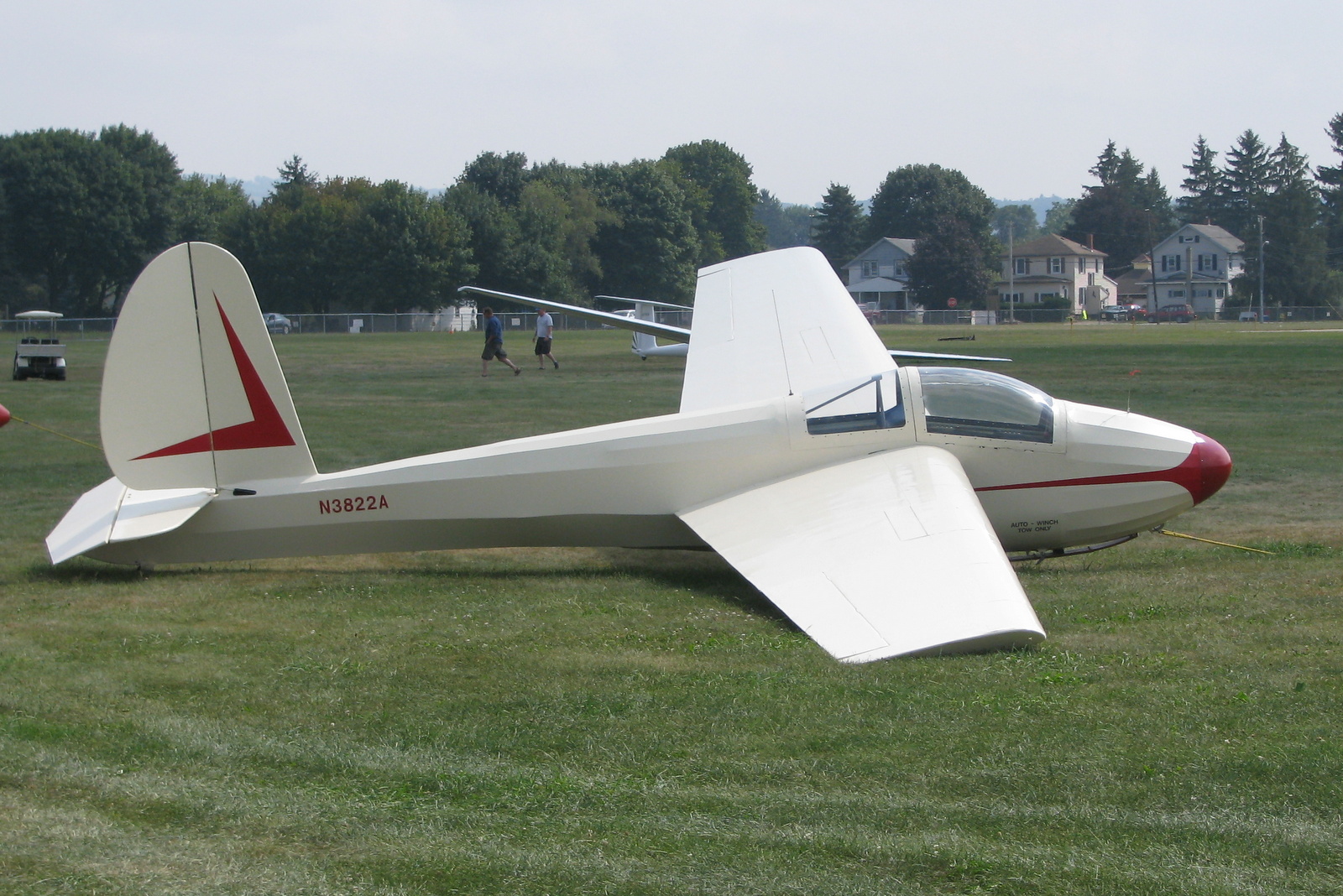
|
Schweizer Description: The Schweizer SGS 1-26 is a United States One-Design, single-seat, mid-wing glider built by Schweizer Aircraft of Elmira, New York. The SGS 1-26 enjoyed a very long production run from its first flight in 1954 until 1979, when production was ended. The 1-26 was replaced in production by the Schweizer SGS 1-36 Sprite. The 1-26 is the most numerous sailplane found in the US. Due to its light weight, it climbs well, stalls benignly, will land in an incredibly short distance (due to the nose skid), and is an excellent glider for transitioning after solo and first cross country attempts. Operating Handbook: Click here |
||
| Never exceed: 104 MPH | Rough air: 65 MPH | Final: 45 MPH + wind | Best glide: 45 MPH |
| Min sink: 38 MPH | Stall: 28 MPH | Glide ratio: 23-1 | Max G: 0 |
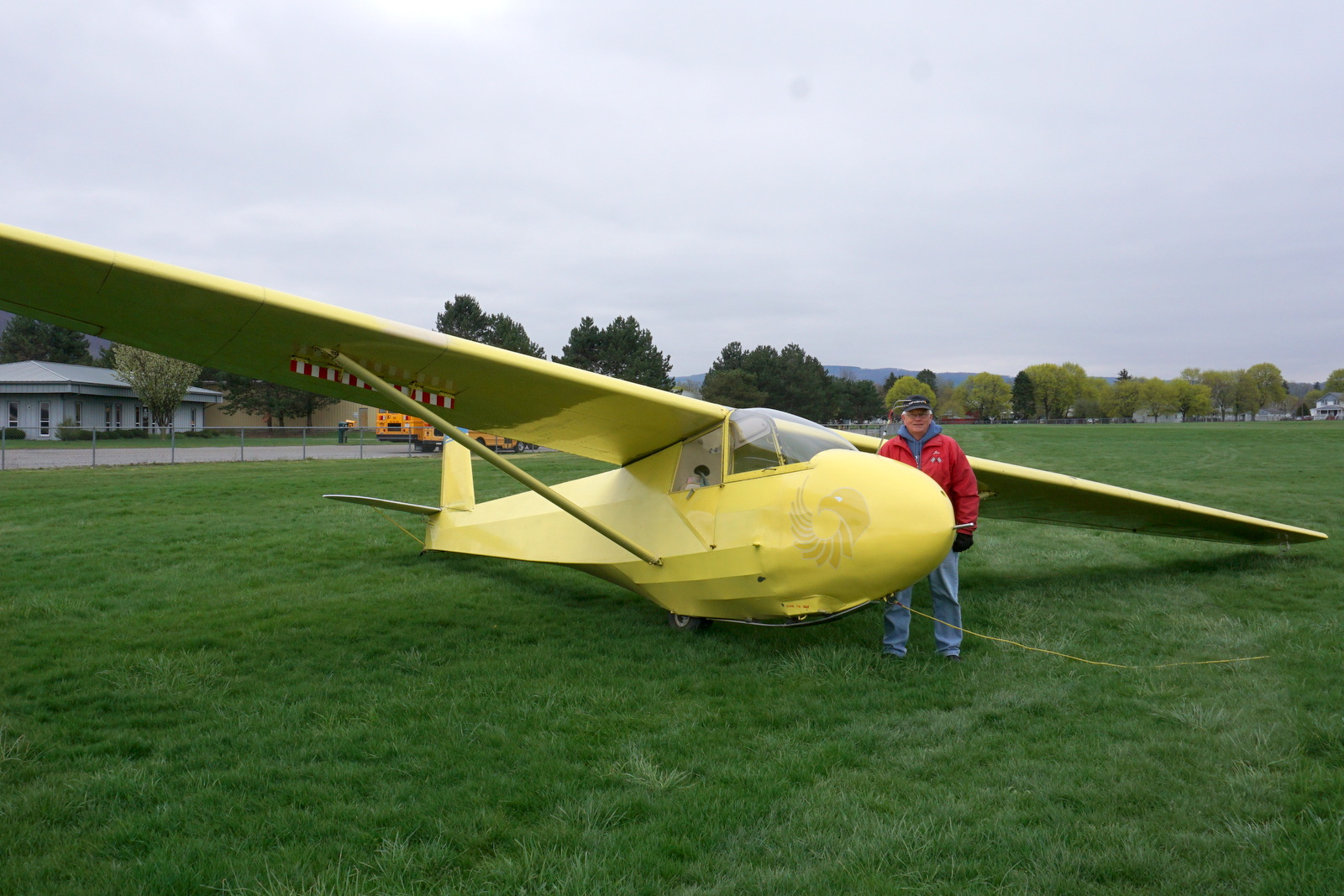
|
Schweizer
Description: The Schweizer SGS 2-33 is an American two-seat, high-wing, strut-braced, training glider that was built by Schweizer Aircraft of Elmira, New York. From its introduction until the late 1980s, the 2-33 was the main training glider used in North America. Ours was built in 1984 and purchased from the Wings of Eagles Museum. Operating Handbook: Click here |
||
| Never exceed: 98 MPH | Rough air: 65 MPH | Final: 50 MPH +wind | Best glide: 50 MPH |
| Min sink: 42 MPH | Stall: 33 MPH duel 31 MPH s | Glide ratio: 23-1 | Max G: |
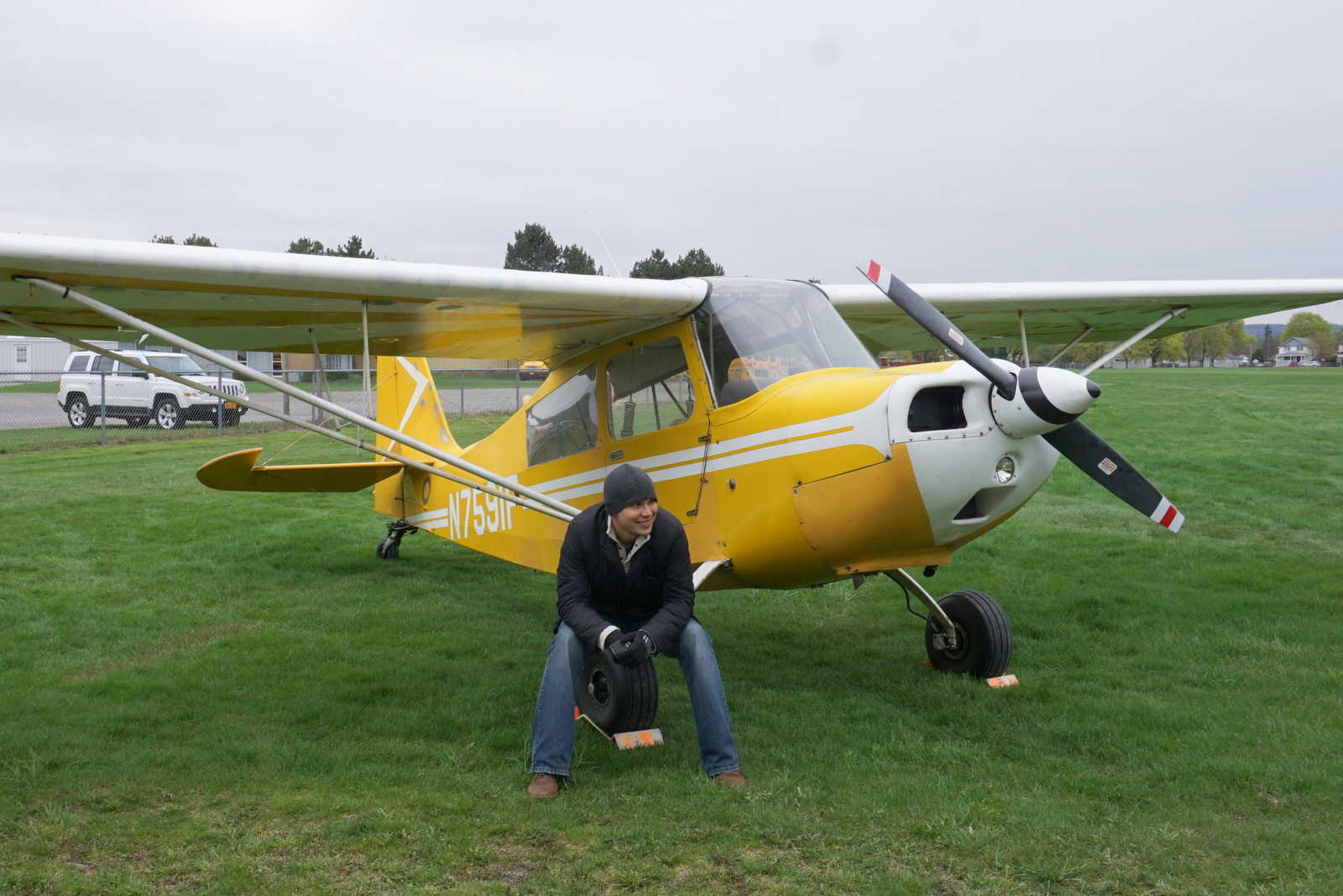
|
American Champion
Description: The Citabria is a light single-engine, two-seat, fixed conventional gear airplane which entered production in the United States in 1964. Designed for flight training, utility and personal use, it is capable of sustaining aerobatic stresses from +5g to -2g. Operating Handbook: Click here |
||
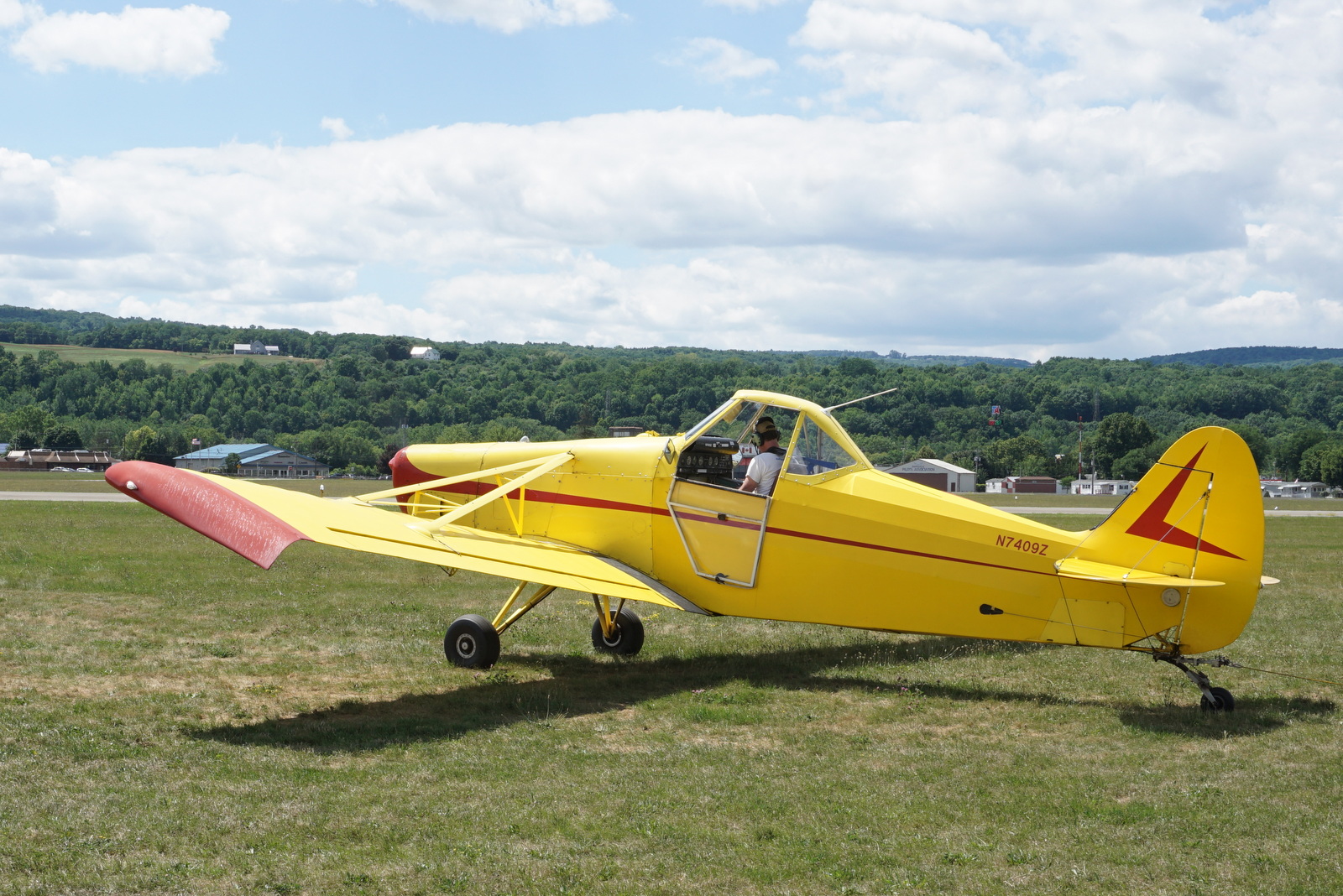
|
Piper Description: The PA-25 Pawnee was an agricultural aircraft produced by Piper Aircraft between 1959 and 1981. It remains a widely used aircraft in agricultural spraying and is also used as a tow plane, or tug, for launching gliders or for towing banners. In 1988 the design rights and support responsibility were sold to Latino Americana de Aviación of Argentina. Operating Handbook: Click here |
||